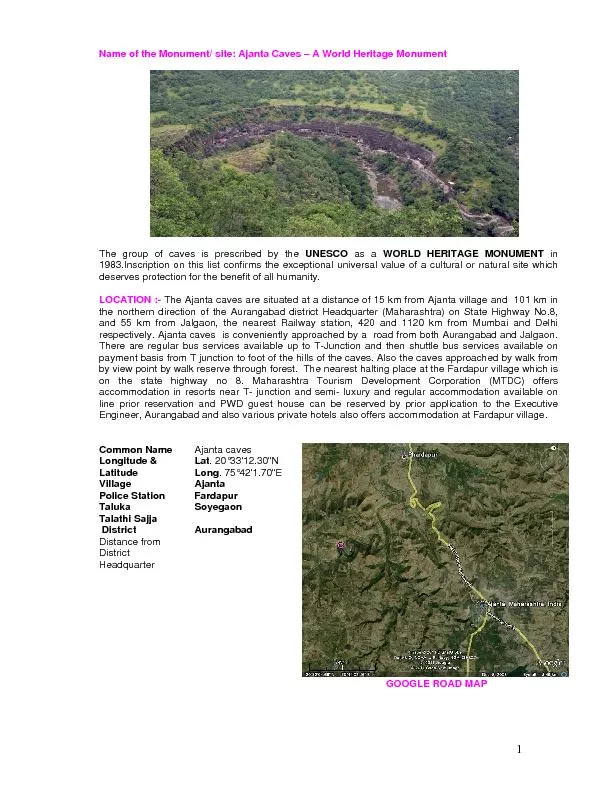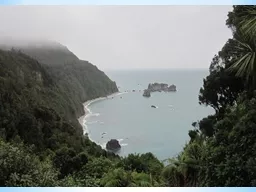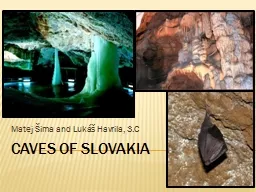PPT-Describe how sea caves are formed. (P. 48)
Author : briana-ranney | Published Date : 2016-10-30
Waves strike the headland first Waves refract around the headland and put hydraulic pressure on the sides of the headland Describe how sea caves are formed P 48
Presentation Embed Code
Download Presentation
Download Presentation The PPT/PDF document "Describe how sea caves are formed. (P. ..." is the property of its rightful owner. Permission is granted to download and print the materials on this website for personal, non-commercial use only, and to display it on your personal computer provided you do not modify the materials and that you retain all copyright notices contained in the materials. By downloading content from our website, you accept the terms of this agreement.
Describe how sea caves are formed. (P. 48): Transcript
Download Rules Of Document
"Describe how sea caves are formed. (P. 48)"The content belongs to its owner. You may download and print it for personal use, without modification, and keep all copyright notices. By downloading, you agree to these terms.
Related Documents














